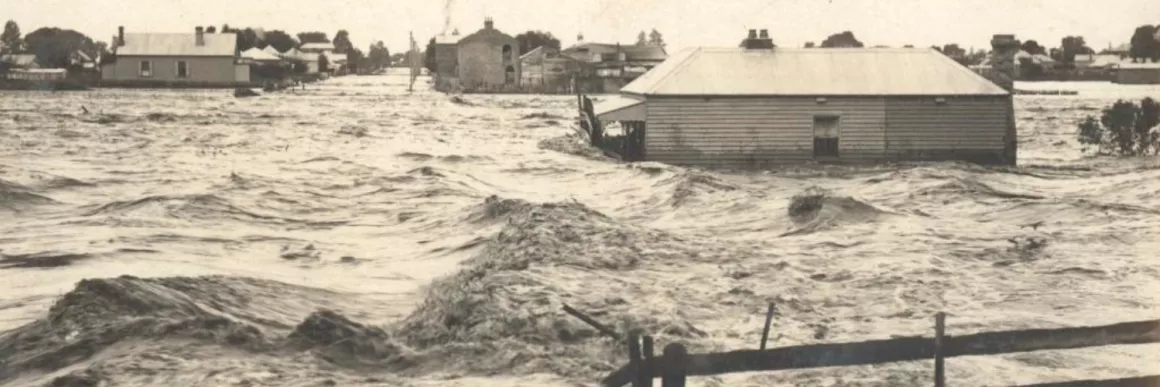The essays on Teaching Romanticism in the Anthropocene collected in this volume craft an intersectional Romantic pedagogy of resistance to human-made climate change in the Anthropocene. The contributors variously demonstrate across texts, periods, and media that such a pedagogy rejects ideas about “humans as one unified species” and seeks instead a dialogue between race, class, gender, sexuality, nonhumans, and queer alignments, among others.
Abstract
This introduction shows how this volume crafts an intersectional Romantic pedagogy of resistance to human-made climate change in the Anthropocene. Such a pedagogy rejects ideas about “humans as one unified species” and seeks instead a dialogue between race, class, gender, sexuality, nonhumans, and queer alignments, among others. The introduction also features short descriptions of each essay.
Loving, Laughing, and Accepting in the Anthropocene; or, How It Feels to Teach Romanticism at the End of the World
Brian RejackAbstract
This essay explores how the feeling of living in the Anthropocene and its strange temporality affects how we teach, and specifically how we teach Romanticism. Teaching without a solid sense of futurity—the reigning affective state of our current moment—cuts at the core of pedagogical practice.
Abstract
In this article, I present a way of teaching John Keats’s “I stood tip-toe upon a little hill” and Endymion (amongst other Romantic-era poetical and prose works) as queerly ecological and as useful components of a pedagogical paradigm serviceable to those wishing to discuss environmental issues in the Anthropocene.
Media Adaptations and Ecocritical Perspectives in the Anthropocene: Teaching Wordsworth’s Written in Germany, On One of the Coldest Days of the Century
Aaron OttingerAbstract
This essay outlines a media adaptation exercise instructors can use to investigate the role of the Romantic subject or the lyric “I” in this latest phase of geological time, the Anthropocene. As a test case, it focuses on the overlooked lyrical ballad, Wordsworth’s “Written in Germany.” It explores terms for analyzing media and media adaptations in the classroom. It investigates how media adaptations can lay bare the rhetoric of the first-person perspective and the philosophical implications of the self’s relationship to nature.
Abstract
This essay addresses the theoretical, philosophical, and aesthetic uses of silence in the work of William Wordsworth and John Cage. Through close readings of poems by both writers, an examination of their texts on poetics, and an excursus on the concepts of slow violence and the Anthropocene, I ask whether silence might be a useful strategy to resist the traumatic effects of neoliberalism and socio-ecological breakdown.
Abstract
This essay reflects on the experience of teaching Romantic bird poetry through the lens of our current anthropogenic environmental crises. In particular, it considers how we can not only read but also hear Romantic poetry anew as an undulating constellation murmuring beneath the Anthropocene, particularly as birdsong is in the process of disappearing as climate change threatens mass avian extinction. It explores how we might attend to those bird sounds and silences in poetry by Smith, Coleridge, Keats, and Clare in light of this impending silence.
The Last Sex on Earth: Teaching Mary Wollstonecraft and Lucy Corin in the Anthropocene
Chris WashingtonAbstract
This essay takes two experimental forms, both of which are meant to exemplify what I call “hyper-jump pedagogy.” The first form tracks backward, reading sex and gender in the work of Lucy Corin’s One Hundred Apocalypses, Mad Max: Fury Road, and Cormac McCarthy’s The Road to where the course began, the works of Mary Wollstonecraft and Jean-Jacques Rousseau, before lurching forward to Wall-E, where the course ended.

